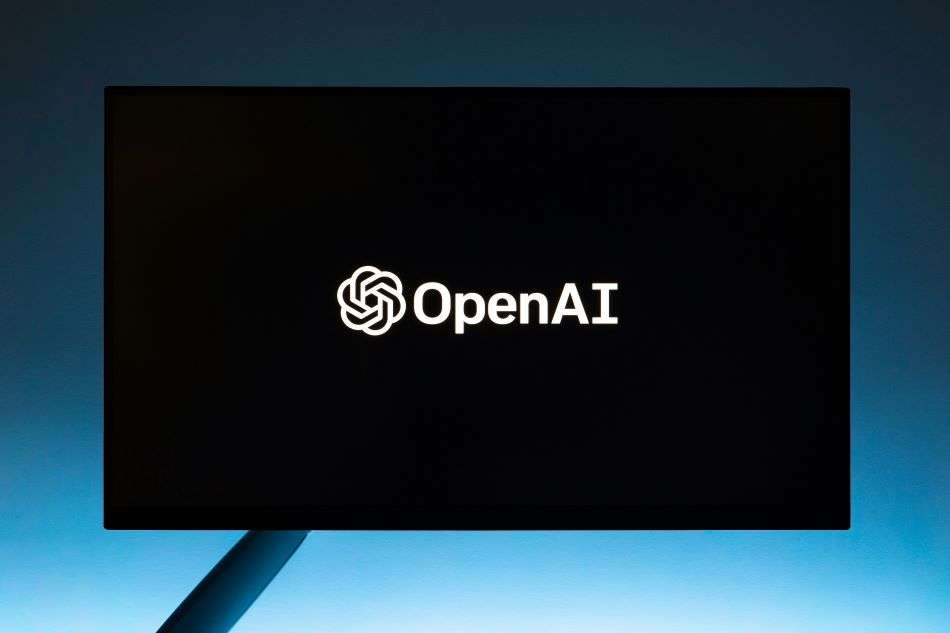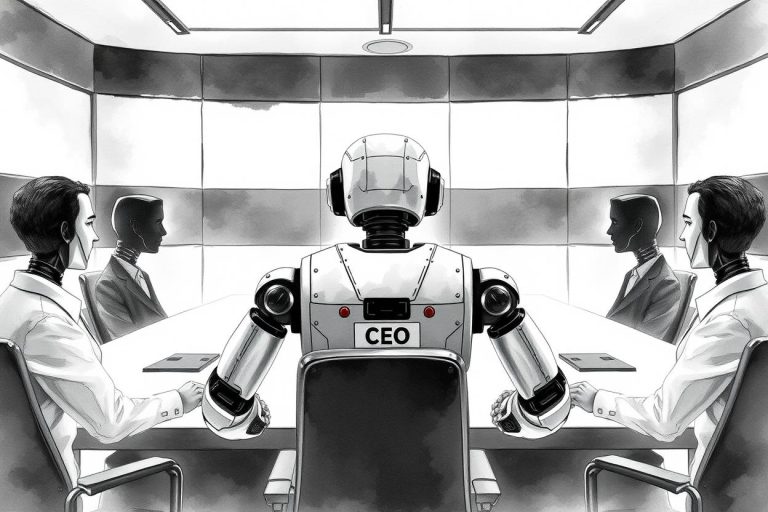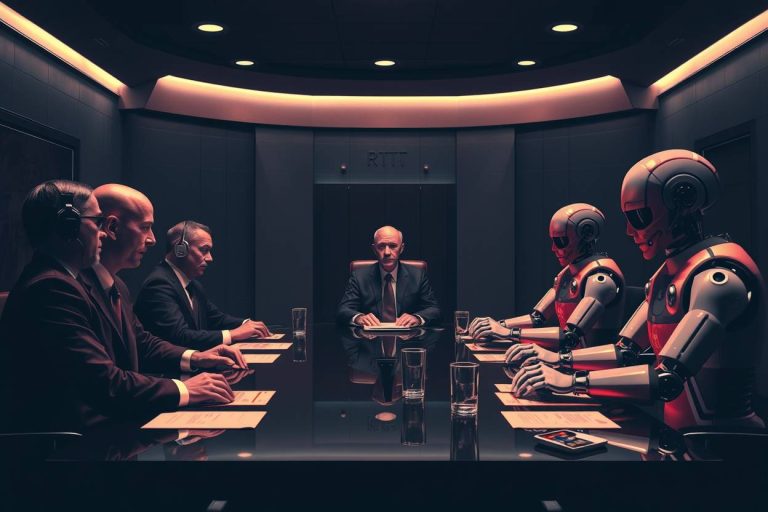OpenAI loses its moral compass? CTO Mira Murati leaves the company

Is OpenAI selling its soul? The exodus of key leaders, including CTO Mira Murati, raises concerns that the pursuit of profit is overshadowing the company’s original mission of ethical AI development. Consistent innovation, consistent drama and changes in leadership are not uncommon and probably the biggest change is yet to come: switching from a non-profit to a profit corporate structure.
Mira Murati, the Chief Technology Officer of OpenAI, has announced her departure from the company effective September 25, 2024. This news comes alongside the resignations of other senior executives, including Bob McGrew, Chief Research Officer, and Barret Zoph, Vice President of Research. Their exits mark a significant shift within OpenAI’s leadership team as the organization considers restructuring its governance model.
Context of OpenAI’s Trajectory
OpenAI, founded in December 2015, initially operated as a nonprofit organization focused on advancing artificial intelligence while prioritizing safety and ethical considerations. The company has been at the forefront of AI innovation, launching products such as ChatGPT and DALL-3 that have reshaped the landscape of interactive AI tools. After experiencing substantial growth and valuation increases—rumored to be around $150 billion—discussions about transitioning to a for-profit model have intensified. This potential change aims to streamline operations and attract investment, allowing the organization to compete more effectively in the rapidly evolving AI market.
Departures and Safety Concerns
The wave of executive departures at OpenAI has raised concerns not only about leadership stability but also about the organization’s commitment to safety protocols. Previous high-profile exits, including co-founder Ilya Sutskever and former safety leader Jan Leike, have been linked to disagreements over the direction of AI safety initiatives. Employees have voiced concerns that the organization’s rapid growth could compromise its ability to adhere to safety and ethical standards.
New Leadership and Future Directions
In the wake of these changes, OpenAI has announced new leadership roles to guide the organization through this transition. Mark Chen has been appointed Senior Vice President of Research, while Jakub Pachocki has become Chief Scientist. Their leadership is expected to focus on continuing OpenAI’s mission while adapting to the competitive landscape.
Competitive Landscape
As OpenAI progresses towards potential restructuring, the AI market is witnessing increased competition from various players, including Anthropic, Google DeepMind, and others, developing advanced AI models and tools. This competitive pressure may play a role in shaping OpenAI’s future projects and research directions.
Implications for Stakeholders
With the leadership restructuring, stakeholders—including current and prospective employees, investors, and partners—are closely monitoring how these changes will impact OpenAI’s operational strategies and product development. The organization’s evolution from a nonprofit to possibly a for-profit entity raises questions about its commitment to original safety and ethics protocols.
Bottom line
OpenAI is playing the high-stakes game of AI dominance, and they’re not here to play nice. Mira Murati’s departure, along with other key executives, signals a full-throttle push towards monetization and market leadership. Much needed for a startup to compete aggressively with rivals like Google, Meta and Anthropic.
It’s a classic startup playbook: secure funding, build groundbreaking tech, and scale rapidly to capture market share. The company is laser-focused on building the future of AI, and they’re willing to break a few eggs (and maybe a few ethical concerns) to get there.
This shift might leave some idealists uneasy, but it’s the reality of the cutthroat AI landscape. The company is in it to win it, and they’re betting big on a future where their technology reshapes the world. Whether this leads to a utopian or dystopian future remains to be seen, but one thing is certain: OpenAI is going to be a major player in shaping it. Yet, they are stacking massive loses yearly – will the investment play out?




